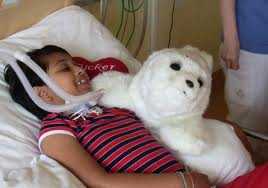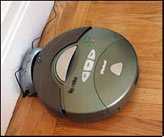Daily Life
The weather here is amazing. The temperatures constantly reach the upper 90's and into the 100's, but because there is so little humidity, it's quite comfortable.
My daughter's old cell phone arrived along with a battery charger that I ordered, and my laptop bag. It felt a little like Christmas. The battery charger didn't come with an adapter, so I was very glad for my daughter's old phone. It doesn't hurt at all that it's my favorite color, green, and that it's a keyboard phone.
On Friday, my middle daughter turned 15! We video conferenced and had a piece of cake together, complete with candles. She made me cry a little as I miss my children a great deal. I'm so lucky to have them.
Research
Due to an oversight, the 1QLP values were initially generated with the default angles, then again with only some of the intended angles. As these data didn't contain the angles intended, the runs were repeated with the correct angles. As with MHC and TCR, with decreasing Pflex and Prigid values, the number of rejects also decreased.
Although the layer distribution was better with increasing Pflex and Prigid values, the time to generate this and the rejects obtained indicate that roadmaps from these data would be too expensive.
The generation of the values took an increasing amount of time for TCR, MHC, and 1QLP, correlating to the size of these proteins. TCR took an average of ~ 2 hrs to run, MHC took an average of ~ 3.5 hrs to run, the new 1QLP runs took an average of ~ 53 hrs to run.
The code used to generate the mapping for single robots with articulated links was further evaluated for changes that would be required to map multiple robots with articulated links, and unit testing was begun.
On Thursday, we attended a weekly Brown Paper Bag Lunch session regarding various research being done at UNM on robotic applications. Dr. Tapia presented her research using computer simulation in addition to discussing Paro. Paro is a robot designed to interact with patients and to gather data via sensors over it's body. To read more about this fantastic robot, click here. to two other presentations that used mobile robots resembling toy cars. After the presentations, we discussed the paper 'A Machine Learning Approach for Feature-Sensitive Motion Planning'.
On Friday, we discussed the paper 'Control of HIV-1 (A. McMichael and E. Jones, 2010)'. This discussion helped to remind us why we are doing this research. The importance of protein motion in binding to TCR was discussed in relation to this article and to the development of vaccines to devastating diseases such as HIV/AIDS.
We received a tutorial on the use of LATEX and began and completed the problem statements for our final reports.
Next Week
For week 5, we will continue to modify programs needed the PRMRoadmap_testSerial.map file. The paper 'An Unsupervised Adaptive Strategy for Constructing Probabilistic Roadmaps (L. Tapia, S. Thomas, B. Boyd, N. Amato, 2009)' will be read and reviewed, I will continue to revise and add to my DREU website, and at the end of the week I will submit a weekly report on the work done.




